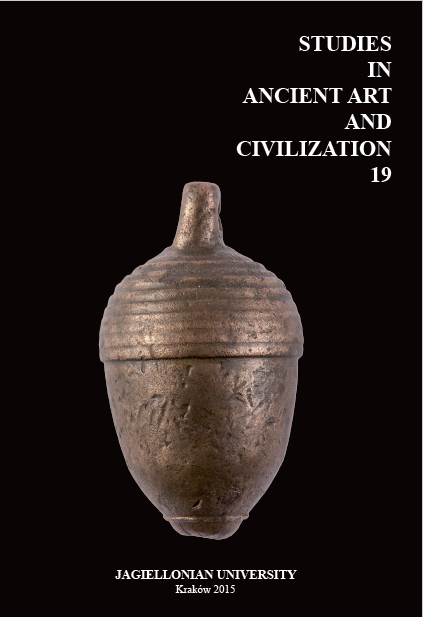Integration of 2D and TLS data using GIS to create a database for the Paphos Agora Project
Integration of 2D and TLS data using GIS to create a database for the Paphos Agora Project
Author(s): Paweł Ćwiąkała, Karolina Matwij, Wojciech Matwij, Łukasz Miszk, Weronika WiniarskaSubject(s): History, Archaeology, Ancient World
Published by: KSIĘGARNIA AKADEMICKA Sp. z o.o.
Keywords: 3D scanning; GIS in archaeology; 3D database; agora Nea Paphos; integrating 2D and 3D data
Summary/Abstract: Excavations in the Nea Paphos Hellenistic-Roman agora have been conducted by the Chair of Classical Archaeology of the Jagiellonian University of Krakow since 2011 under the direction of Professor E. Papuci-Władyka. The main goal of the excavation is to fully uncover the Agora and to reconstruct the ways in which this public space was used. One of the methodological goals set for the research was the creation of a state-of-the-art database (work on which began in 2013) that could import and adapt data obtained from modern equipment. Of equal importance was the implementation of a 3D-format within the database (this had been under discussion for over a decade) and the enabling of GIS software data integration. Faro Focus laser scanner data was chosen to form the graphical core as it fulfilled the most important visual documentation criteria for the Paphos Agora Project database. This article presents the main premises on which the new Nea Paphos Hellenistic-Roman Agora Project database is based (on the integration of 3D and 2D data from 2011–2014) and the different stages of its creation, which made use of the latest methods of developing such tools for the purposes of archaeological excavations.
Journal: Studies in Ancient Art and Civilization
- Issue Year: 2015
- Issue No: 19
- Page Range: 203-232
- Page Count: 30
- Language: English

